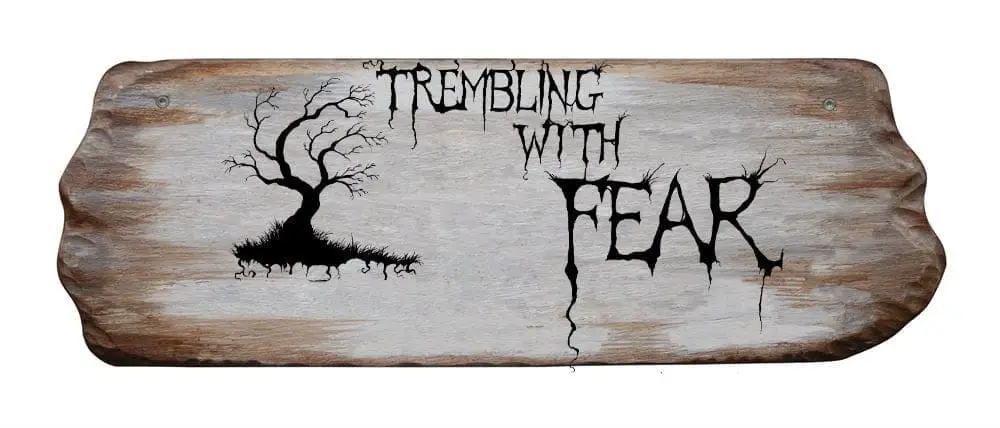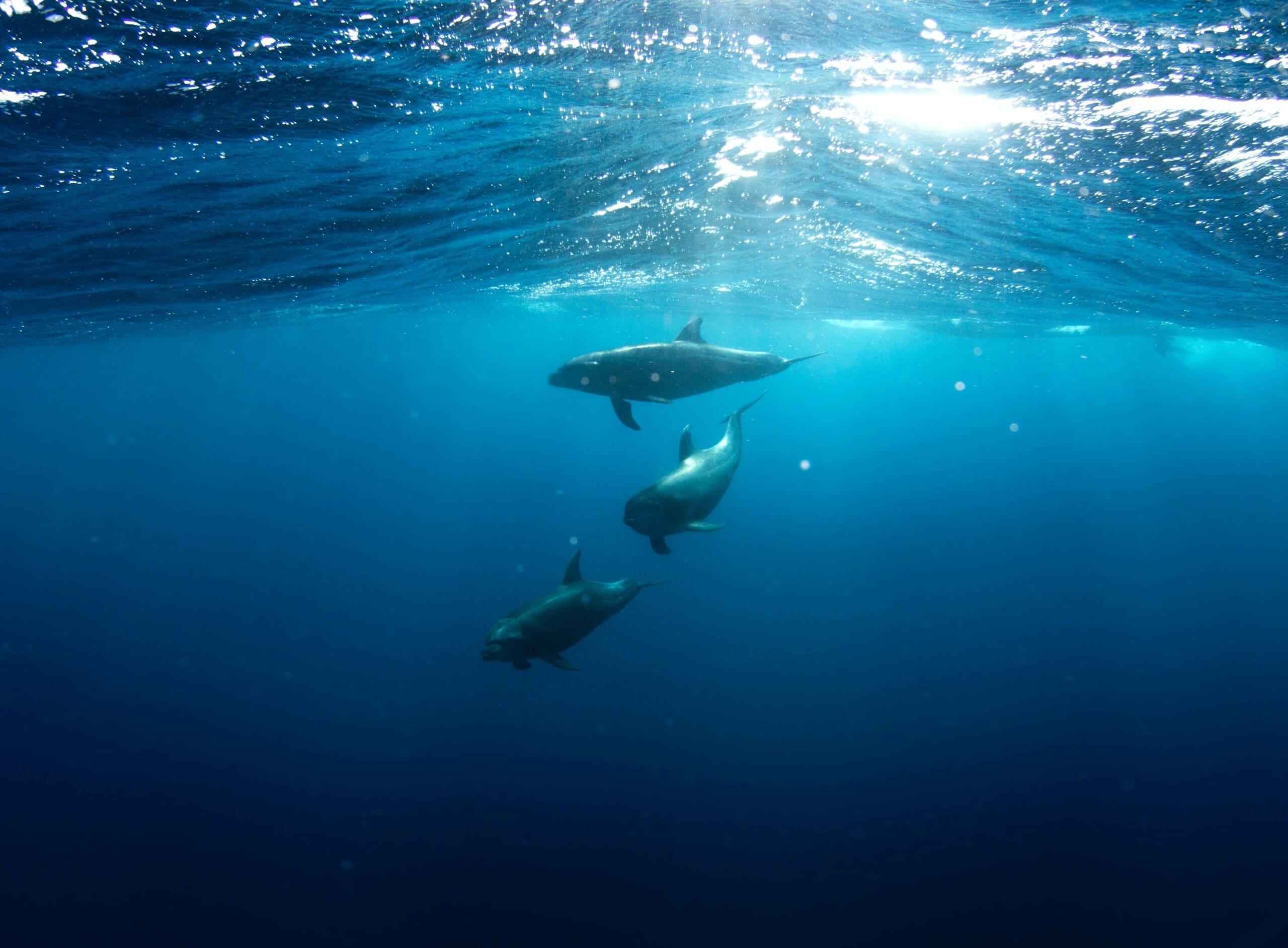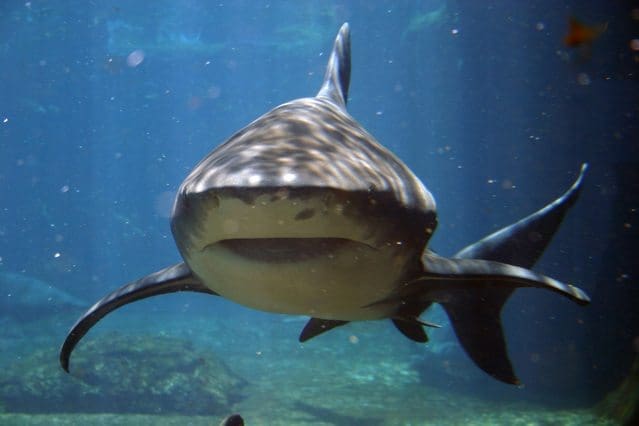Trembling With Fear 1/1/2023

Hello, children of the dark. How’s the head? Did you celebrate the turn of the year last night? Me, I’ve never been one for the big New Year’s Eve rave-on (yes, I’m a party pooper), but I do feel like a clean slate is now ready for us all to put our marks upon. May 2023, the new year, be full of opportunity for us all.
And speaking of opportunities… If you’ve ever wanted to join the Horror Tree team, now is a good chance: we’re looking for book reviewers and article writers. We’ve had a few new faces get in touch in recent weeks, but – like our appetite for drabbles – we always crave more! If you are interested in getting your hands on books, interviewing authors about their process, or just writing about writing in general, then I’m sure Stuart would love to see your name in our inbox.
But that’s not all. As has been mentioned in previous issues, as well as saying goodbye to 2022, we’ve also said goodbye to Amanda Headlee, who has been at the helm of our special editions, Unholy Trinities and Serials for the last few years. While Amanda will be greatly missed, I am super excited to introduce our new specials editor: Shalini Bethala.
I met Shalini during pandemic lockdown virtual writing sessions, and I can confirm she is awesome. But don’t take my word for it – here she is, introducing herself:
“My love for writing and storytelling begins and ends with New Orleans, the place where I grew up. It was where I fell in love with the dark, mystical and supernatural stories that are inextricable from the rich history and ethos of the city. It was also where I discovered I wanted to be a storyteller and where I began my journey into becoming one. I’ve been a writer of all sorts, but in recent years, I’ve turned my focus to poetry, essays and screenplays. While my work spans several genres, including comedy, as a reader, I’m especially drawn to pieces that have me hanging on the edge or that rip the rug right out from under me. I love a good ghost story, a good eerie, unexplainable tale and – of course – anything that will have me trembling with fear.”
I can’t wait to see what Shalini brings to our dark table, but for now, let’s turn to this week’s menu. Our Trembling main course has Eve Morton ponder what makes humanity. This is followed by three delicious quick bites:
- Catherine Berry explores old photography,
- Brad Kelechava goes under water, and
- Yvonne Lang brings a little Halloween magic to the new year
If these stories inspire you to get writing, you’ll find details on how to submit to us over here. Remember, we’re still CLOSED to short story submissions – full transparency, we’re scheduled well into the new year so it will be a while yet – but are always seeking drabbles of exactly 100 words.
Over to you, Stuart.
Happy New Year, one and all! I hope that you’ll have an amazing one and that with the cluster of the last few years we may even have some kind of normality return to our lives. (Doubtful, but, wishful thinking, right? Gotta try for that positivity!)
First off, as Lauren already did above, I’d like to give a warm welcome to Shalini Bethala who is going to be helping with our specials. On the Trembling With Fear front, we’ll be sitting down over the next few weeks to talk about how we can re-open our calls sooner than later for short stories. Also, we’ll be making a push on publishing the serials and Unholy Trinities that have languished in our accepted inbox and push them out into the world.
We have a lot of big things in the works this year. A new host, a new layout (not much different, but it’ll be faster and easier to customize going forward.) Also, we have a few new projects being thrown around that we plan to launch over the course of the coming year. I’m excited and hope that all of you are too!
For those looking to support the site, we’ve recently launched a Ko-Fi and always have our Patreon going.
As always, I hope you had a great weekend.

Pod Goals, by Eve Morton
I’d tracked my clone to the beach by the time she turned around. There was a party at the beach, everyone on towels and smelling like sunscreen and seaweed. I was not dressed for the festivities, but it didn’t matter.
She was.
A navel, clear as day, emerged between her two-piece brightly colored bathing suit. It was even pierced with a dolphin pendant, as if it was jumping out of the universal scar that connects everyone to life.
I stood in disbelief with sand between my toes for a long time. A navel. The portal to all human life was present. So she’s not a clone. I swallowed hard as dread lodged in my stomach. Then what is she?
She stared directly at me now.
I shut my mouth.
I planted my foot in the hot sand next to me. Another lift, another step. Sand and shock rooted me in place. Impossible to run. The lines I’d been fed since I’d heard of the cloning program in fifth grade washed over me like the noonday tide.
You will know your clone by the shiver down your back when you see them eye to eye. They will look like you, yes, but they are not you. Our DNA is unpredictable. It will cast the same cells in the same order, but once life is breathed, all of those cells grow through and into other lives. We build ourselves up like sandcastles. We can make ornate structures. We can be kings and queens. But one tide, one experience of the outside world, and we are nothing but paupers and paragons of barbarity.
“So be careful,” I repeated, as I crashed through the sand. “Because you are your most likely enemy as well as your best friend. Because you–“
A child cried out.
Tide licked at my heels.
I knocked down another sandcastle fortress. Another cry from a child, another lick of the tides. Another being from benign ruler to tyrant. My own wonder of medicine and science turn barbaric and evil.
I ran.
All the while, I held my own navel. I stuck my finger inside. Pinched and pressed. Real. Born of woman, not medicine or machine.
“So who the fuck was she?”
I ran faster.
Over the hot sand and into the hot cement, careful to miss broken glass and other sharp detritus from the shoreline, I soon found a bathroom. I slammed the door. In the cracked mirror, I looked at me. Only me.
I touched my face, then I blinked.
She was there. Her dolphin pendant sparkled, even in the low light. It was easier to see and speak with her as a reflection.
We both opened our mouths at the same time. “You–”
I spoke louder. “Is it fake?”
“The dolphin? The navel? Both?”
I nodded.
She shook her head.
I cursed.
She put a hand on my shoulder. “We have a lot to talk about, sister.”
On a bench by the beach, we spoke in hushed tones. Matched birthdays, confirmed details like our detached lobes and our ability to roll our tongues; even if the human cloned had these traits, the cloned result never received them. There had been an obscure academic paper, she informed through whispers, reporting that clones could not match their human counterparts in certain genetic traits and so, it was a way to discover natural twins or triplets. Even in a world filled with doppelgangers and con-men.
“I know you’re real,” she confirmed. “We’re true sisters. Like the other woman I found.”
“Other woman?”
She shushed me and went on. “Clones will always be inferior. Even if grown from us, they cannot always have the dominant genes. So it’s something to look for, even if the belly button has been artificially made.”
“Is that why you got the dolphin?” I asked. “So you can have an excuse to compare belly buttons while looking elsewhere?”
The pendant seemed to move, as if swimming in the rolls of her skin when she leaned over. I was so enchanted with the metal, the shimmering flesh that was wet from her swim in the ocean, that I didn’t notice her silence. I reached out to touch the dolphin just as it shrieked in its high pitched language.
We both slammed our hands over our ears.
The noise was at once melodic and discordant; appealing and nauseating. I wanted to be deaf. I wanted to run.
So did my twin, my stranger sister.
As did a woman with a long dress over her body, and her hands on her ears. She met our gaze, so similar and yet so different from our own, and with a pained smile, she nodded hello.
The rest of the people on the beach went on their way. They ate and laughed and played. They didn’t hear the screech of the dolphin like we did. They did not have the same blood or bones making their system.
“We’ll tell you everything soon enough,” my new sister, a triplet, explained. “But now we have to leave. After the dolphin’s cry, the ocean gets angry.”
The blue tides turned grey. Slick with surface tension, bubbles begged to burst through. Dolphins under the waves remained, as if kept in amber. My jaw was slack, until my triplet closed it.
“We’re a rare beast,” she said. “Natural triplets.”
“Maybe even quads,” my other sibling said. “Who knows? But we must keep looking using the dolphin’s call. They were the first to be cloned. Now, their language is the only frequency that the clones can’t hear. It’s our new code and–”
“I understand,” I said. “Tell me the rest later.”
We ran from the beach before the dolphin clones burst through, and swallowed the others whole.
That night, I was pierced with my own dolphin pendant. It hurt–some part of me would always hurt–but it was a price I was willing to pay.
“Looking good, sis,” my first discovery said. “Welcome home.”
Eve Morton
Eve Morton lives in Waterloo, Ontario, Canada with her partner and two sons. She spends the days running after those boys and the nights brainstorming her next creative project. At some point, she writes things down, usually while drinking copious amounts of coffee. Find updates at authormorton.wordpress.com.

Tintype
“Three…two…one!”
Lights flashed as he took the lens cover off the old camera, pocket watch ticking away.
“Okay,” he smiled. “We’ll see how it turned out in a moment.”
People were always fascinated by tintype photography, and he was happy to provide. Images trapped on a thin piece of metal was a novelty in the digital age.
No one realized each picture was a siphon, slowly leeching away life. A year, a decade; never enough to draw attention. He’d started in the 1850’s and still looked thirty!
As the image developed he hummed, amused, “Now the magic starts.”
Catherine Berry
Catherine Berry loves whimsy, potatoes, and singing with her dogs. Her work has been published in several Trembling With Fear anthologies & the Trench Coat Chronicles. More of her work can be found at www.caterinaberyl.blogspot.com
Be Like Me
The water irritated Dr. Hews’s face the moment he plunged his head into the fish tank. Putting his linguistic xenoanthropologist colleagues to shame, he pursed his submerged lips and rolled his tongue in an impeccable accent. The Lofinian, a swirling blue solute at the bottom of the tank, responded to Hews’s greeting with a series of vibrations.
Be like me, Hews translated the Lofinian’s vibrations.
A red cloud burst from Hews’s skin, permeating the water. He tried to pull his head from the tank but couldn’t resist the force surrendering his face into primordial ooze.
Now, their conversation could begin.
Brad Kelechava
Brad Kelechava is a professional blogger whose writing you might find while searching for topics spanning renewable energy to the history of rats. His short fiction appears in Tales to Terrify, HyphenPunk, Negative Space 2: A Return to Survival Horror, and elsewhere. He is a member of Brooklyn Speculative Fiction Writers (BSFW) and lives in Brooklyn with his wife and cat.
Carving Pumpkins
A drought induced crop failure had driven Malcom to adapt and grow pumpkins this year. In desperation he had sourced expensive seeds that used non-approved GM methods. They guaranteed the best specimen for carving. His crop had bloomed; bright orange and grotesquely large. Malcom had rubbed his hands as he envisioned his profits.
Then the pumpkins had trembled, uprooted and Malcom had gawped as his crop wandered off. He’d confused the instructions and grown carving pumpkins instead of pumpkins for carving. He worked tirelessly to hide the evidence of his farm as shrill screams from the neighbourhood filled the night.
Yvonne Lang
- About the Author
- Latest Posts
Lauren McMenemy wears many hats: Editor-in-Chief at Trembling With Fear for horrortree.com; PR and marketing for the British Fantasy Society; founder of the Society of Ink Slingers; curator of the Writing the Occult virtual events; writers hour host at London Writers Salon. With 25+ years as a professional writer across journalism, marketing, and communications, Lauren also works as a coach and mentor to writers looking to achieve goals, get accountability, or get support with their marketing efforts. She writes gothic and folk horror stories for her own amusement, and is currently working on a novel set in the world of the Victorian occult. You’ll find Lauren haunting south London, where she lives with her Doctor Who-obsessed husband, the ghost of their aged black house rabbit, and the entity that lives in the walls.













